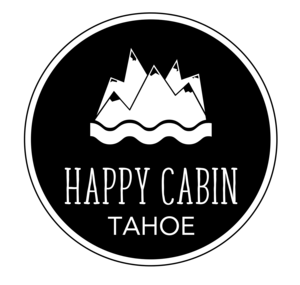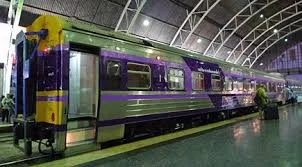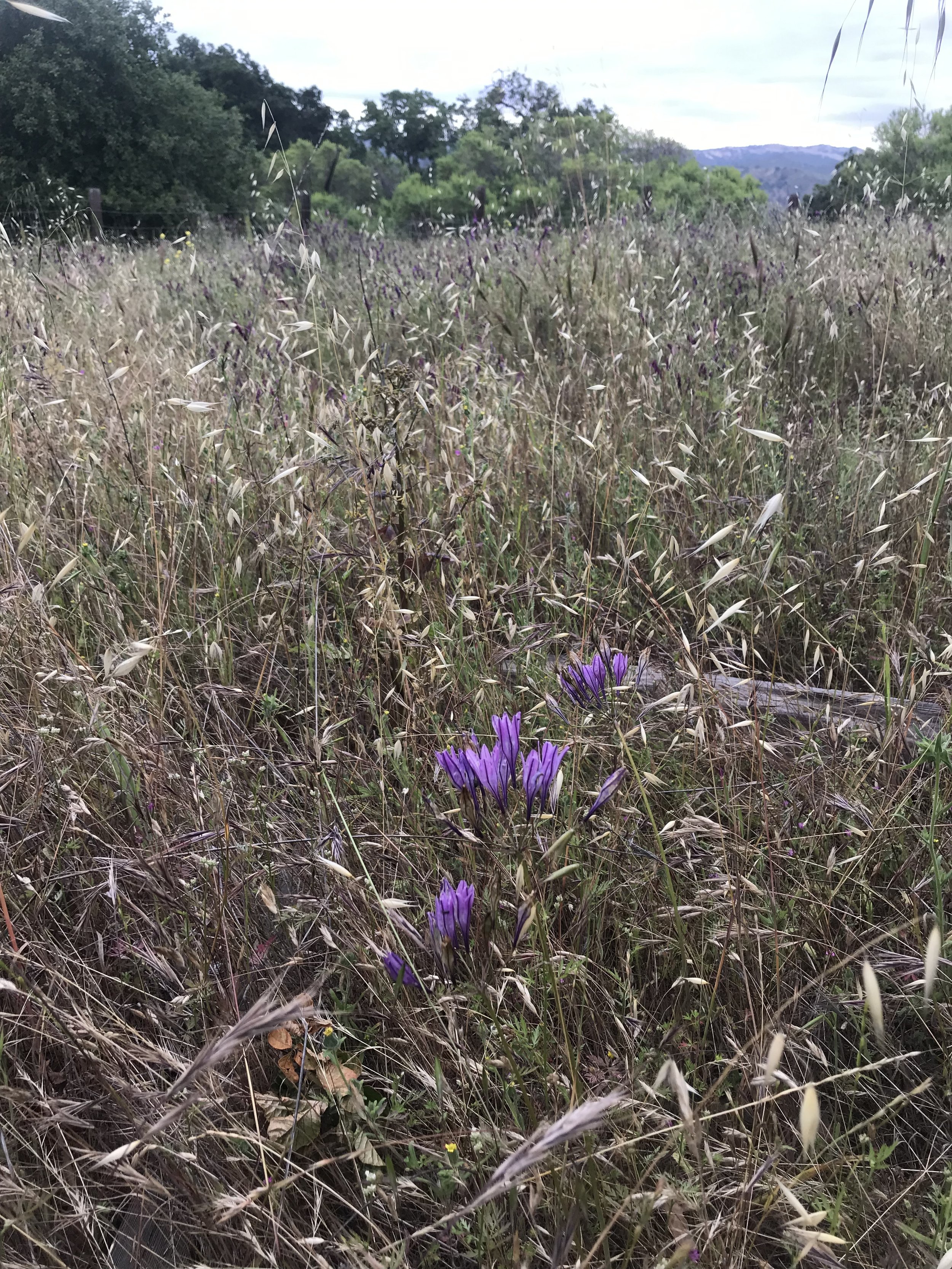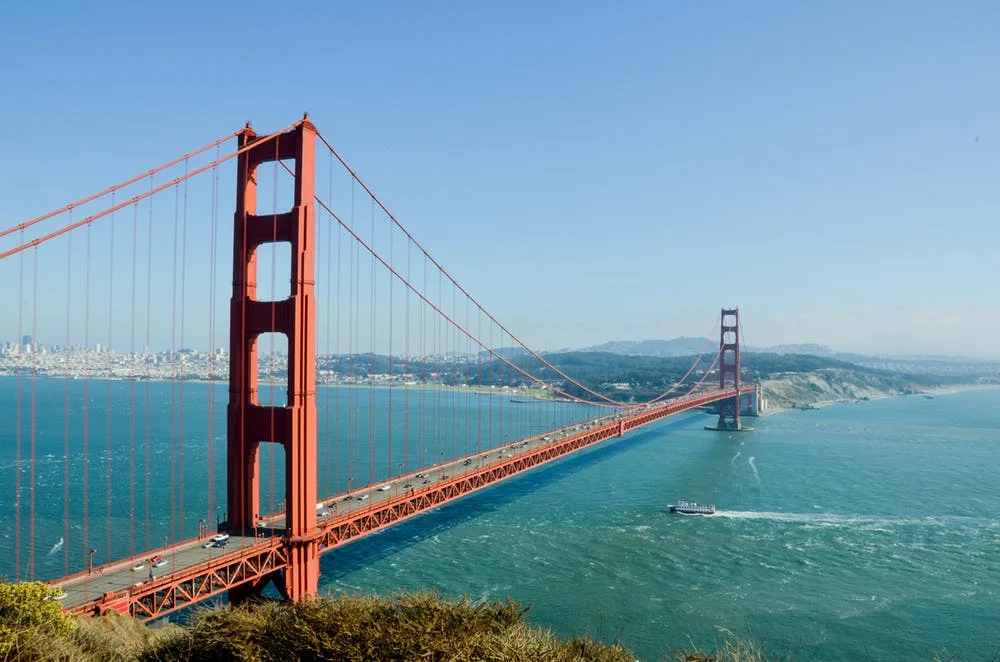LOGUE CABIN: A Travelogue: The Ghosts of San Juan Bautista
“The veil is thin here.”
On a warm afternoon, just shy of All Hallows’ Eve, we load 2 tweens, a 4-year-old, sleeping bags and a box of cupcakes into our mini-van and head southeast to San Juan Bautista. San Juan Bautista is a sleepy little town in Central California, south of Santa Cruz and east of Carmel. We’d passed through many times before, lunching at one of our favorite Mexican restaurants Jardines del San Juan. Tonight we are doing more than just passing through. We are taking up residence in an AirBNB apartment above the historic Blacksmith shop, right behind the Masonic temple, a few blocks from Mission San Juan Bautista.
The town is hundreds to thousands of years old, depending on where you start. The Mission was built in 1797 on a site chosen by Father Junipero Serra because it promised an “abundant harvest of souls.” Like other Mission towns, the history of San Juan Bautista is the story of Native Americans living for thousands of years in an idyllic place before conquest. An Ohlone tribe known as the Mutsen lived in and around the valley for about 3,000 years, until the Spanish brought disease and religion, leaving a legacy of wooden crosses marking mass graves.
In her antique shop called Fool’s Gold, punctuated by trays of costume jewelry, crates of vinyl LPs, and eclectic oil paintings by her talented husband Bruce Kleinsmith (“Futzie Nutzle”), Halina Kleinsmith tells me that San Juan Bautista is built on a crystal bowl between sacred ranges. She explains that the water percolates up through the quartz, making the San Juan Valley a power spot. That’s what drew the Native Americans here. That’s what drew the Spanish here. Everything is amplified here—good, evil, nightmares, dreams. “Have you ever seen a ghost?” I ask. “Every day,” she says nonchalantly, as if talking about something as ho-hum as the rising sun. She explains that residents of San Juan Bautista must learn to coexist with spirits. They see them in their houses and businesses, hear them in their attics, and walk through “cold patches” as the spirits roam the streets. “The veil is thin here.”
As the sun sets and the moon rises, we venture out to test the veil. Every year, just before Halloween, the local Rotary Club hosts a Ghost Walk. Visitors follow a guide through the town by lantern-light, stopping at sites chosen for their unusually-high quanta of paranormal activity. Tonight, we visit the old butchery (now a diner called the “Mission Café”), the graveyard at Mission San Juan Bautista, a vintage cabin, Plaza Market, San Juan Bakery, Rozas House, and Posada del San Juan. At each site, a storyteller dressed in period garb tells us the history of the place and a ghost story. At the old butchery, we hear about the gypsy who sold sweet meat that turned out to be the flesh of travelers missing from the hotel. At the Mission, where scenes from Alfred Hitchcock’s Vertigo were filmed, a resident dressed as a priest tells of the restless spirits of the hundreds of Native American bodies buried beside us, layered “like a lasagna.” Across the street, at an old cabin, the living tenant lets us peak inside at the refrigerator that opens and closes in the night as the apparition of a young girl looks for something inside. We learn that two of the hotel rooms at the Posada del San Juan are especially haunted. Nobody is quite sure why. As we venture back to our apartment above the old Blacksmith’s shop, we look excitedly for apparitions, finding instead warm beds and cupcakes.
The next morning, we awaken to a bright, fall morning. We get coffee and apricot empanadas from the haunted bakery, visit the town cemetery on the hill and look for the oldest graves, browse books at the town library, and do a little thrifting. I purchase a weathered tarot deck as a souvenir. “Is this a ghost town?” my 4-year-old asks. It feels that way today. On this quiet Saturday, there are few cars on the streets and no tourists to speak of. The historic buildings are nearly empty. Some are literally empty, with signs marking them as “Dangerous” or “Condemned.” It’s hard to imagine that this sleepy little town was once a hub of activity, a bustling stagecoach stop along the famous El Camino Real. It’s much easier to imagine it full of ghosts.
To visit Happy Cabin during your trip to North Lake Tahoe / Tahoe Vista / Kings Beach, click here.









At the tail-end of a sweltering Midwest summer, three generations of Rogers gather in Minnesota to celebrate Grandpa Billy.